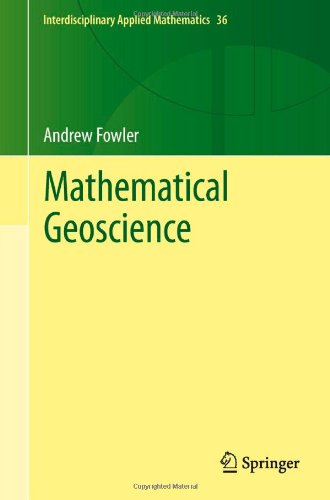

Most ebook files are in PDF format, so you can easily read them using various software such as Foxit Reader or directly on the Google Chrome browser.
Some ebook files are released by publishers in other formats such as .awz, .mobi, .epub, .fb2, etc. You may need to install specific software to read these formats on mobile/PC, such as Calibre.
Please read the tutorial at this link: https://ebookbell.com/faq
We offer FREE conversion to the popular formats you request; however, this may take some time. Therefore, right after payment, please email us, and we will try to provide the service as quickly as possible.
For some exceptional file formats or broken links (if any), please refrain from opening any disputes. Instead, email us first, and we will try to assist within a maximum of 6 hours.
EbookBell Team

0.0
0 reviewsMathematical Geoscience is an expository textbook which aims to provide a comprehensive overview of a number of different subjects within the Earth and environmental sciences. Uniquely, it treats its subjects from the perspective of mathematical modelling with a level of sophistication that is appropriate to their proper investigation. The material ranges from the introductory level, where it can be used in undergraduate or graduate courses, to research questions of current interest. The chapters end with notes and references, which provide an entry point into the literature, as well as allowing discursive pointers to further research avenues.
The introductory chapter provides a condensed synopsis of applied mathematical techniques of analysis, as used in modern applied mathematical modelling. There follows a succession of chapters on climate, ocean and atmosphere dynamics, rivers, dunes, landscape formation, groundwater flow, mantle convection, magma transport, glaciers and ice sheets, and sub-glacial floods.
This book introduces a whole range of important geoscientific topics in one single volume and serves as an entry point for a rapidly expanding area of genuine interdisciplinary research. By addressing the interplay between mathematics and the real world, this book will appeal to graduate students, lecturers and researchers in the fields of applied mathematics, the environmental sciences and engineering.